The bond between children and dogs is truly special.
It’s a relationship filled with laughter, love, and invaluable life lessons. But it’s also important to understand that this bond requires careful nurturing to ensure a safe and happy environment for everyone involved.
As a leading expert in child and dog behaviour, Debby Lucken , founder of Kids Around Dogs, has dedicated her career to helping families create harmonious homes where kids and dogs thrive together. With years of experience and a deep passion for animal welfare, Debby offers invaluable insights and practical advice to guide parents through the joys and challenges of raising children alongside their family dogs.
In this blog post, Yappily will delve into the world of child and dog relationships, exploring everything from building trust and preventing accidents to overcoming fears and fostering lifelong friendships.
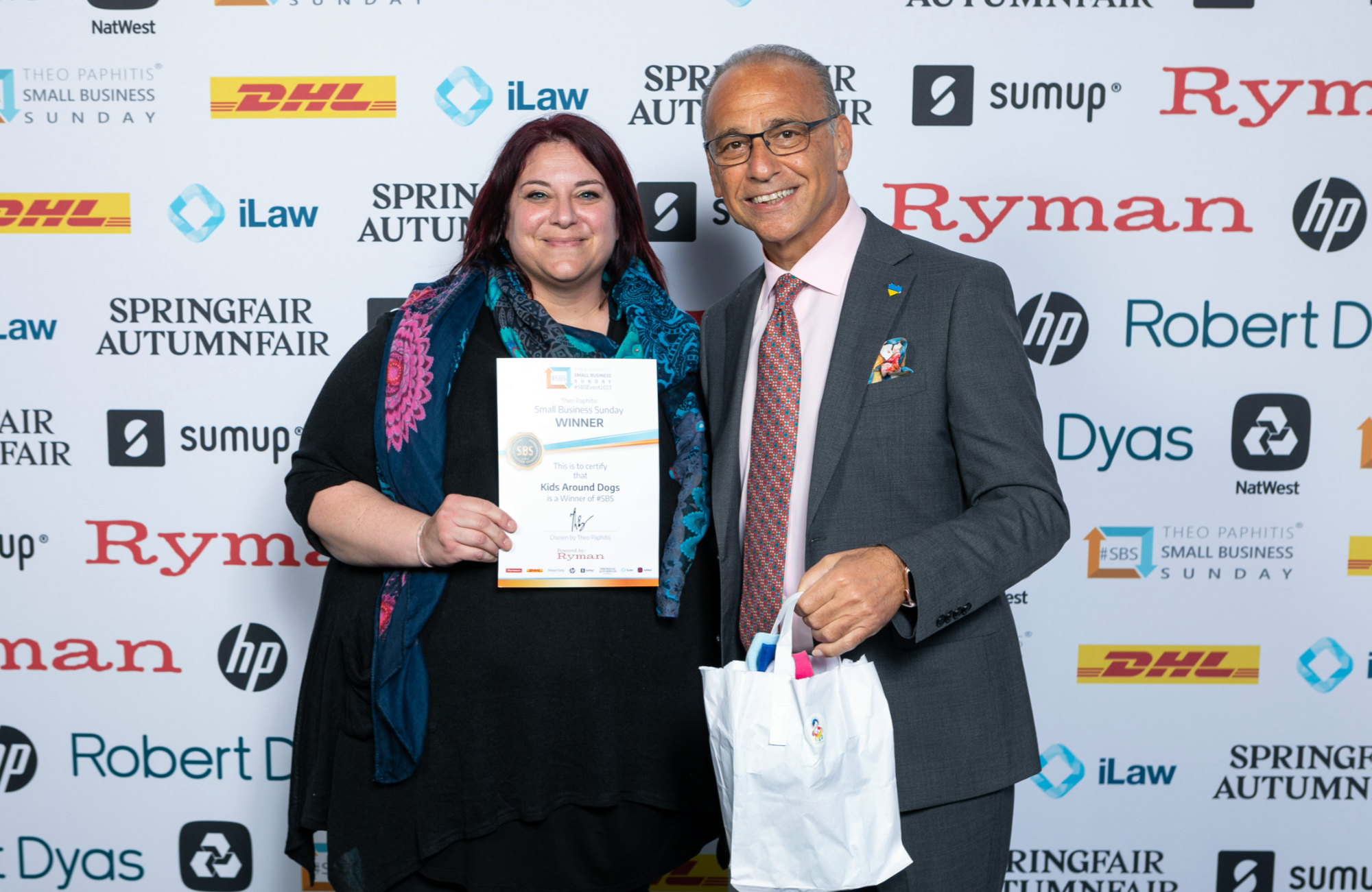
Can you tell us about the inspiration behind creating Kids Around Dogs, Debby, and what motivated you to focus on the relationship between children and dogs?
I qualified as a dog trainer with the IMDT and quickly realised that I loved working with family dogs. I loved teaching families with kids and helping children and dogs to live happily together. At the same time, my daughter Molly started school and started to make her own friends, who would come over to the house for playdates and who, when meeting our dogs, would either be over-confident around them or very scared of them.
Both scenarios were rather upsetting for both kids and dogs, so I looked around for associations in the dog-training industry that would focus on families and schools, but couldn’t find anything useful in the UK, so after careful consideration, further studies (during which I qualified as a behaviourist), and design of the successful protocol to overcome the fear of dogs in children, Kids Around Dogs® was born!
What key aspects make your training approach unique compared to other dog training programs?
As an association that specialises in working with families and schools to help kids and dogs to live harmoniously together, all our KAD approved professionals have access to CPD accredited courses and webinars that cover the topics of children and dogs, in various aspects of their life; and all the KAD Approved Professionals learn to implement the KAD protocol to overcome the fear of dogs in kids directly from me.
What are the most common mistakes parents make when introducing a dog to a household with children?
One of the biggest problems we see is the misunderstanding of supervision. It is important to know how to use Active Supervision when it comes to kids and dogs. This is when you are in the room with the kids and the dogs and paying full attention to them. You might even be between the two of them to ensure the contact is safe, appropriate, and well-accepted by both dogs and kids. Be there, body, mind, and soul.
I know you love your dogs, and I know you feel they would never hurt a fly, but this is not guaranteed, no matter how sweet your dogs are, they can still react negatively to something that really upsets, bothers, or scares them.
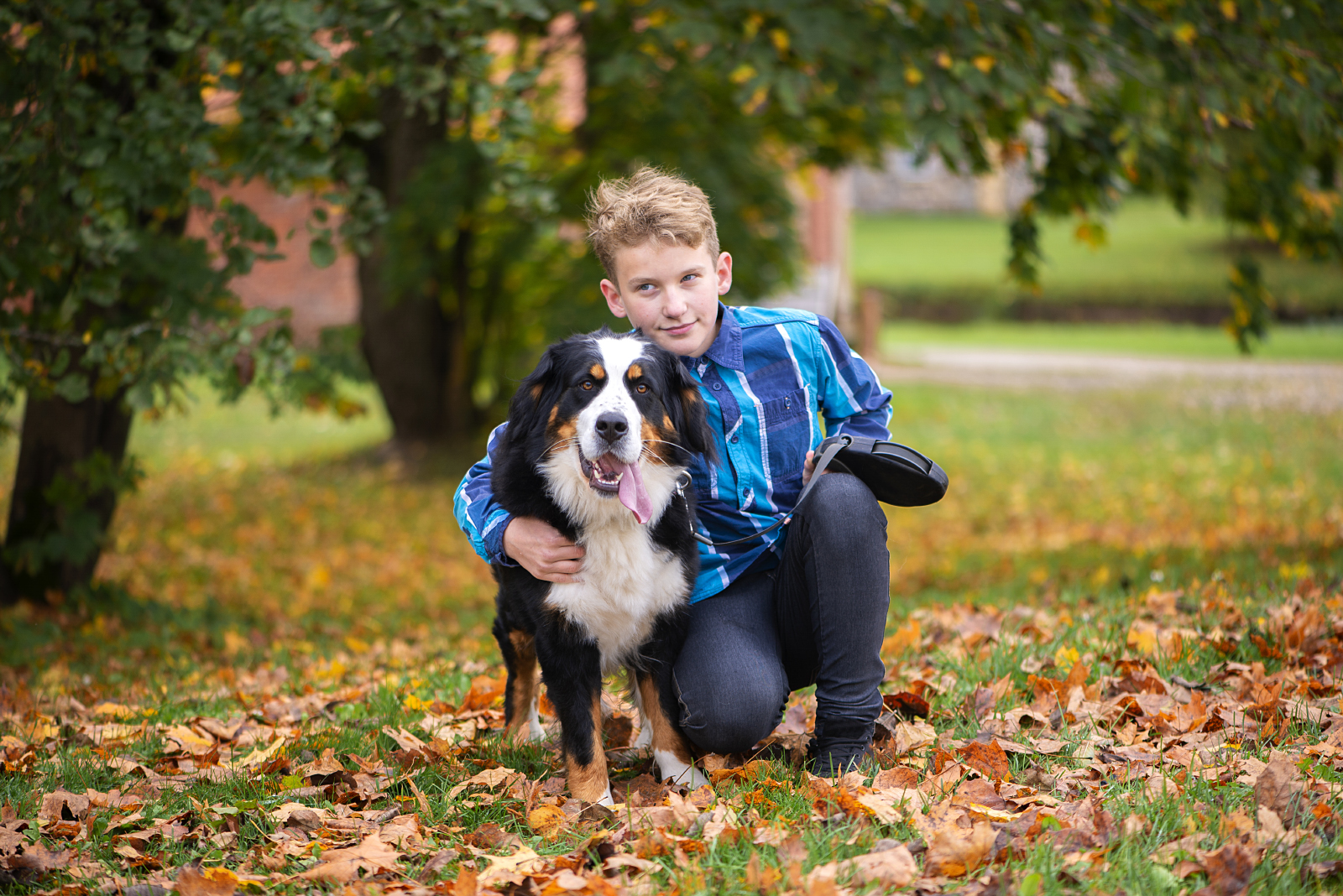
What are the benefits of children growing up with dogs, and how can parents foster a positive relationship between their kids and their dog?
At KAD we strongly believe that children should be involved in the dog’s life. They should help parents with training, and other little things pertinent to the dog’s life, like giving them fresh water, cleaning the dog bowls, helping with enrichment and join the parents on some dog walks.
I would also like to point out how amazing dogs can be for neurodivergent kids. In fact, neurodivergence has been often associated with anxiety and the difficulty of feeling grounded, which is something dogs can really help with: by touching the dog, petting the fur (especially the ears, which are normally the softest area), children can feel more present.
By listening to the dog’s breathing, they can feel in the moment; smelling the dog can also help to feel more grounded; even just looking at the dog and focusing on a few body parts, can help to suppress overwhelming feelings. We often put all those sensory activities together and, assisted by the dog, neurodivergent children can find their peace again.
What advice would you give to parents of children who are afraid of dogs?
Things are very different when it comes to kids who are scared of dogs, as dogs might then become the reason for their anxiety.
The kids’ version of the protocol is a total of 10 sessions, which are divided into 7 online sessions (these can also be in person), and 3 face-2-face sessions with assessed dogs. Our online sessions are designed to help the children to understand dogs and unmask the unknown factors that are feeding the fear of dogs. During those sessions, we also use Cognitive Behavioural Techniques in the form of tasks or games for the kids to do between sessions with the support of their parents or carers.
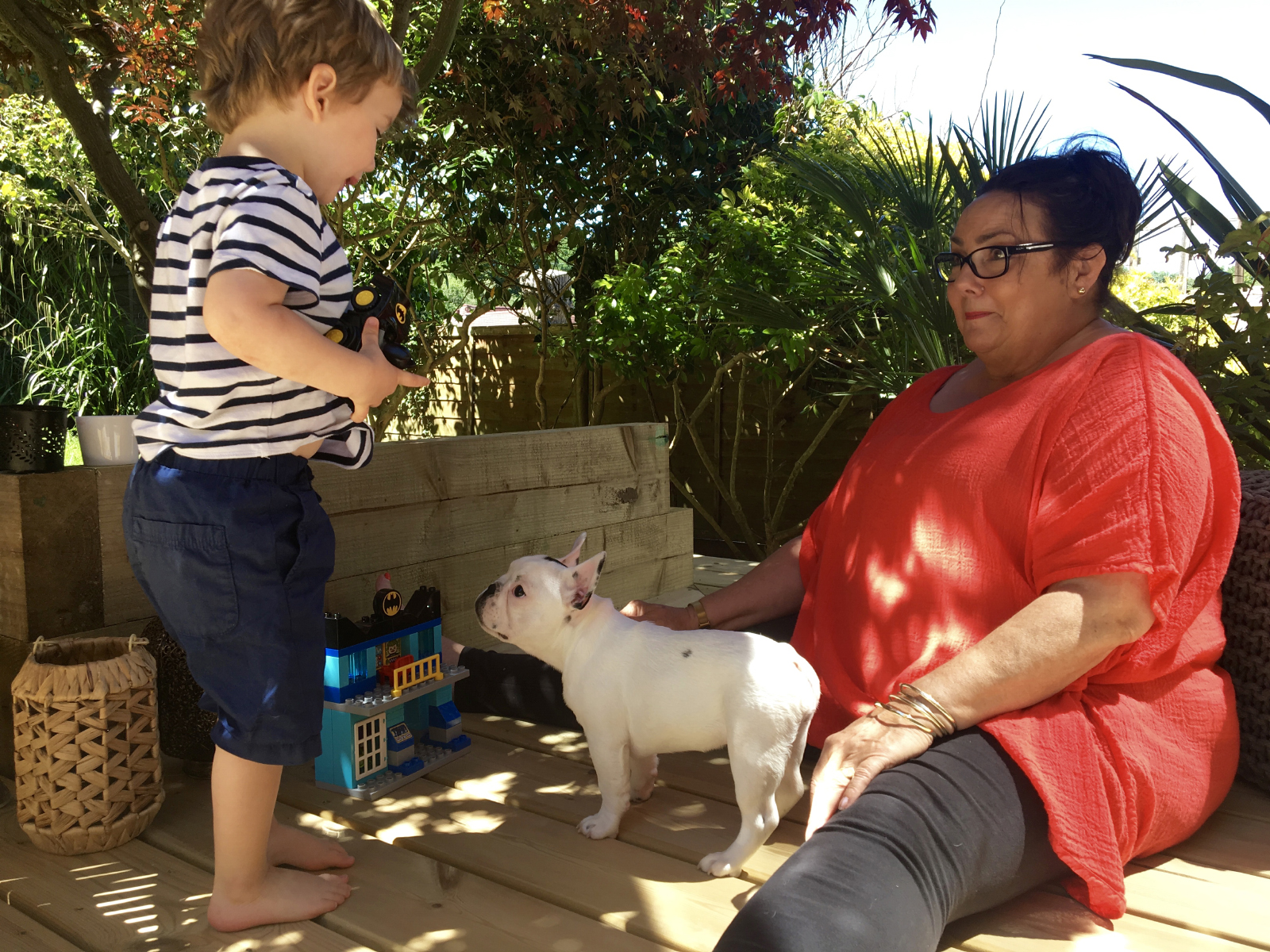
How do you handle situations where a dog might not adjust well to being around children?
Sometimes we have dogs who aren’t happy to live with children, My advice is to help the dogs as soon as possible and to work on pattern games, where the dogs come to build their confidence by knowing things will come to happen a certain way, no matter whether the house is noisier, or the number of people in their home has increased, or even if there is only one child around, but the dog simply isn’t used to that.
Pattern games are exercises of repetition, where the same thing happens over and over again, so the dogs know what to expect and can find reassurance in that.
It is also important that the dogs have a safe place to go where they are not disturbed, and feel comfortable to relax. Such place can be their own room, or a divided area of the living room or kitchen. Some creative people have turned their cupboard under the stairs into a lovely dog-nook.
Stairgates are also really good, but be mindful that some kids can open them, and can put their hands and even arms through the bars. So, always be vigilant and actively supervise the children.
Can you tell us about the educational resources and programs Kids Around Dogs offers?
All our KAD courses and webinars are designed to help our approved professionals offer the best possible services to clients, whether they are families or schools. We are keen to have more KAD approved professionals around the world, as we welcome qualified dog professionals and qualified child-care providers (like teachers, therapists, etc) from every country. Our KAD approved professionals are also given the opportunity to test and review products, courses and services, which if successful, will get our seal of approval.
We are always on the lookout for products, courses and services that follow our ethos, to better help the community of both humans and dogs.
How can schools and communities get involved with your initiatives?
We believe in the power of learning, which is why we also offer talks to children, whether in schools, Scouts or other kids-friendly associations and gatherings, including online sessions for home-educated children, and mini-workshops. To get more information on what is on offer in your area, the best thing to do is to find your local KAD approved professional and get in touch.
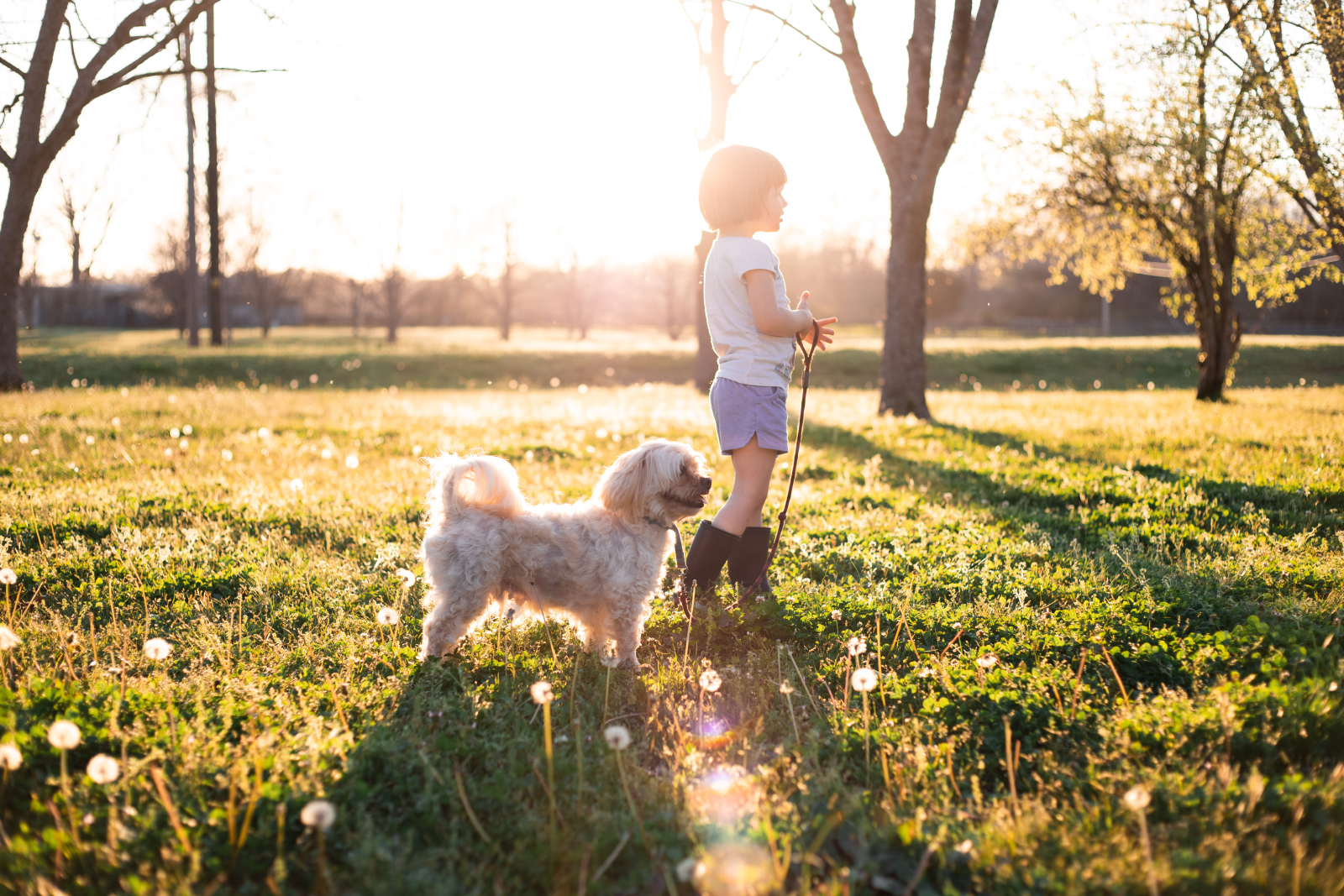
Can you share a memorable success story from your work with Kids Around Dogs?
There are many successful stories I could share with you about families who have welcomed a baby in their home, or successfully adopted a dog in their families with kids. I could happily share with you the joy of working with school dogs and how amazingly kids are doing thanks to our work. However, I thought I’d share a testimonial from a lovely family I personally worked with. Elijah is a lovely boy who lives in Hampshire. His mum sent this feedback
‘Without the protocol he would not now have a dog of his own that helps with his emotional regulation and we would still be on high alert every time we see a dog in the distance, in case Elijah would run into the road to get away from the dog. The whole KAD course was amazing, and I know it helped Elijah so much. I recommend it whenever I notice a fearful child.’ (Natalie, Elijah’s mum)
What are your future goals for Kids Around Dogs and are there any upcoming projects or developments you’re excited about?
I wrote a book ‘It Started With a Sit’, which is available on Amazon worldwide and it is aimed at expectant and new parents of kids and dogs.
I am currently writing my second book, which is all about helping families with kids in school age. This is not only because it is a bit of an overlooked age range, but also because during those years we have the highest number of dog-related injuries and fatalities in children.
I really want to help those families, and I intend to do it by sharing what life was like for me during those years, with added key points in my professional capacity.
What’s the best advice you can give parents about kids and dogs?
To all parents of kids and dogs, I would like to firstly hug you all. Being a parent isn’t easy and we always feel like we are doing something wrong. Sometimes I feel like I live in a constant state of parent-guilt. But, please, be kind to yourself. You are doing the best you can, and you are not alone!! This is why KAD exists, we know how you feel and we can help you, your kids and your dogs to have a wonderful life together.
Are there any myths or misconceptions about children and dogs that you’d like to debunk?
I often hear or read about breeds of dogs that are perfect family dogs and will be great in a household with children. However, this is misleading.
Not every dog is the same, not even in the same breed, age or even litter! Every dog has her own personality, her own likes and dislikes, her own way of dealing with overjoy, frustrations, anger, etc. So, please, when adopting a dog, do not just assume that a specific breed will be great for your family, because it is about the individual dog, not dogs as a type.
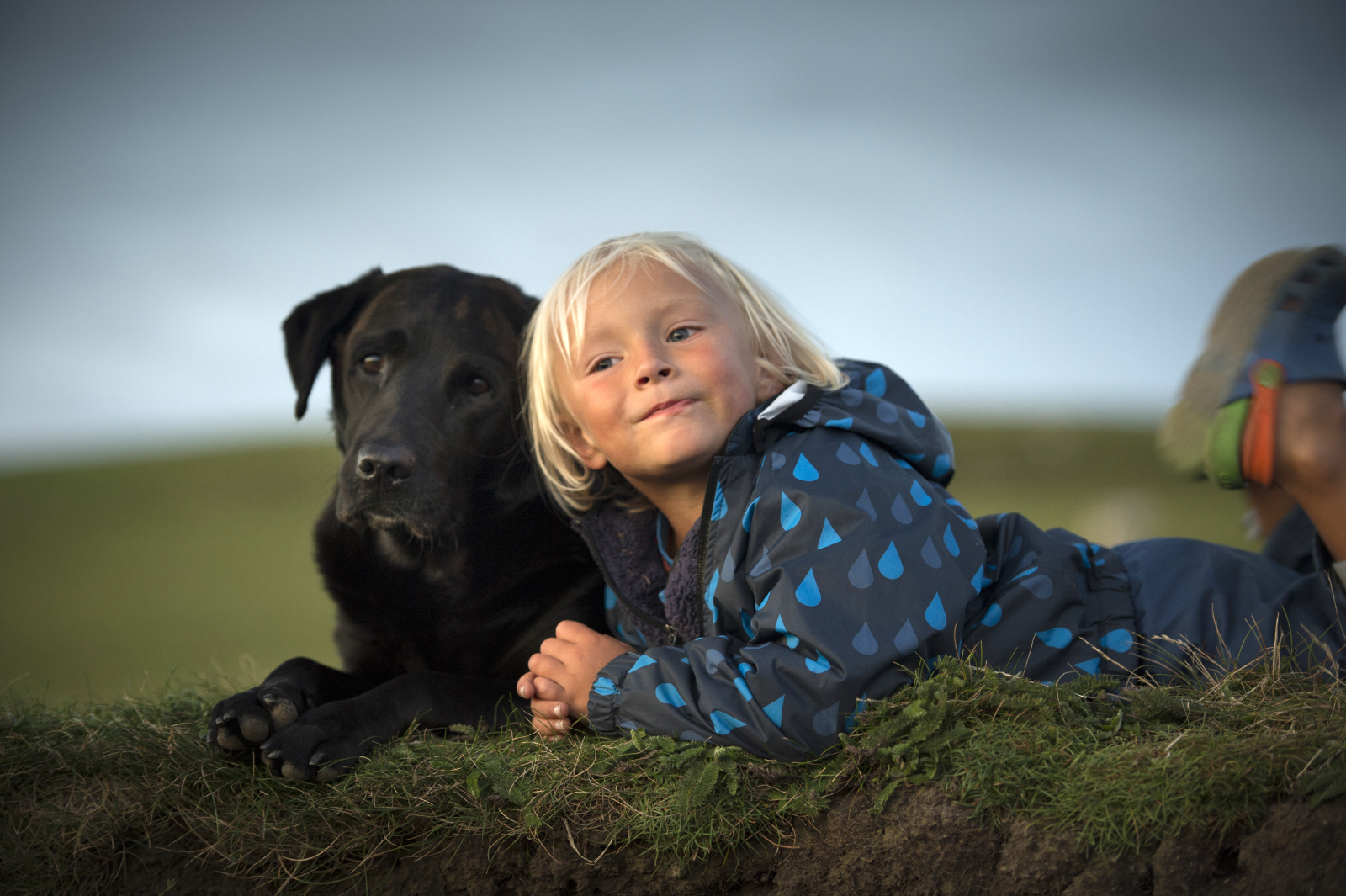
Do you have any pets yourself? If so, how have they influenced your work?
I feel I am the luckiest dog-mum in the world to have adopted Wilco when he needed a home after being born to be a show dog in France, but not making the cut. He was then with a very undeserving woman in England, until we got a call to ask if we could adopt him. We had just lost our beloved dog Pixel, who was our first child and the light of our hearts, so rescuing Wilco seemed like a sign.
3 years later, we adopted Winnie, our Golden Retriever, who is absolutely wonderful. She helps kids who are scared of dogs, she’s an amazing dog in various educational talks, and much more. Not to mention that she helps me and my daughter whenever our anxiety gets the better of us. She helps us to feel grounded again and she knows when we need her, even when we don’t realise that ourselves.
What’s the most rewarding part of your job?
I think the best part of my job is when I see kids interacting with dogs in a positive and respectful way, although the absolute best is when I see a child who was scared of dogs now having a dog in their house. The fear is gone, and they now have a best friend by their side. I couldn’t love that feeling more. And to know that we can help so many more children, now that our KAD approved professionals family is growing.
In conclusion
By nurturing the child-dog bond, families can create lasting memories, build character, and experience the joy of unconditional love. Let Kids Around Dogs guide you on this incredible journey.
The relationship between children and dogs is a unique and powerful one, offering countless benefits for both. From boosting a child’s confidence and empathy to providing unwavering companionship, dogs can enrich a child’s life in immeasurable ways. With the right guidance and support, you can create a safe, loving, and harmonious environment where both children and dogs thrive.
Kids Around Dogs is dedicated to helping families build these special connections.
A big thank you to Debby Lucken for taking the time to speak to us at Yappily and please visit her website Kids Around Dogs.


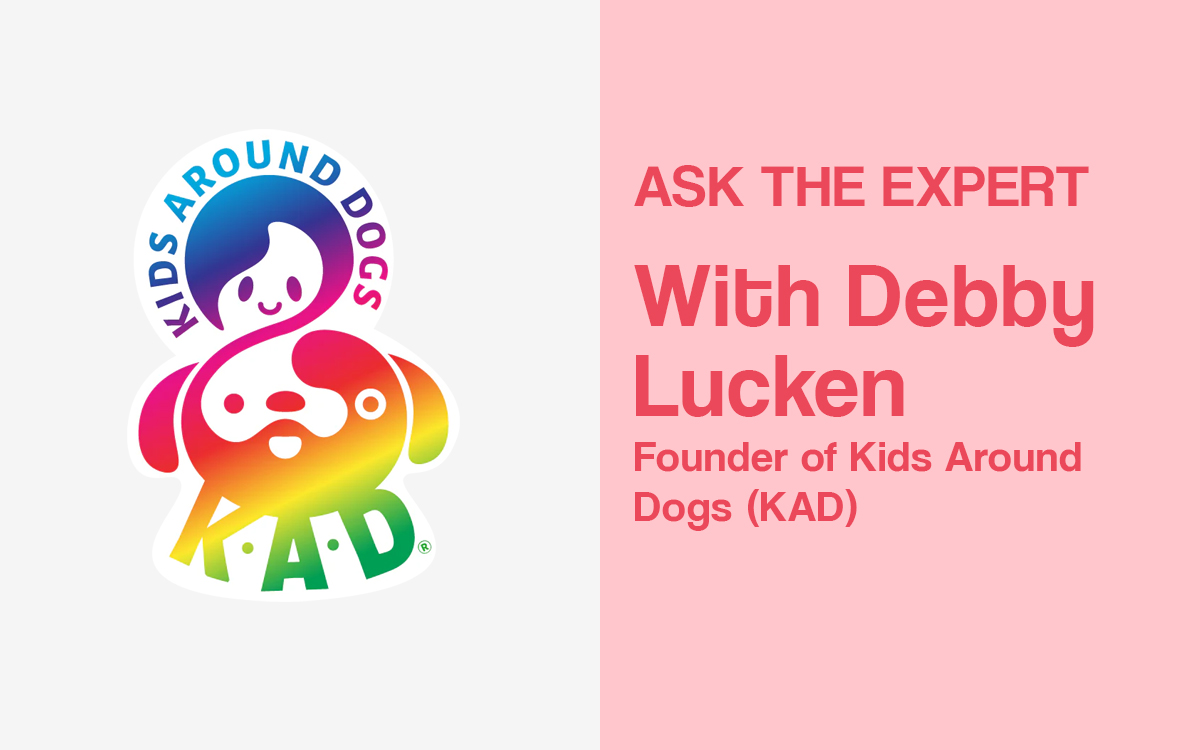
Add a comment